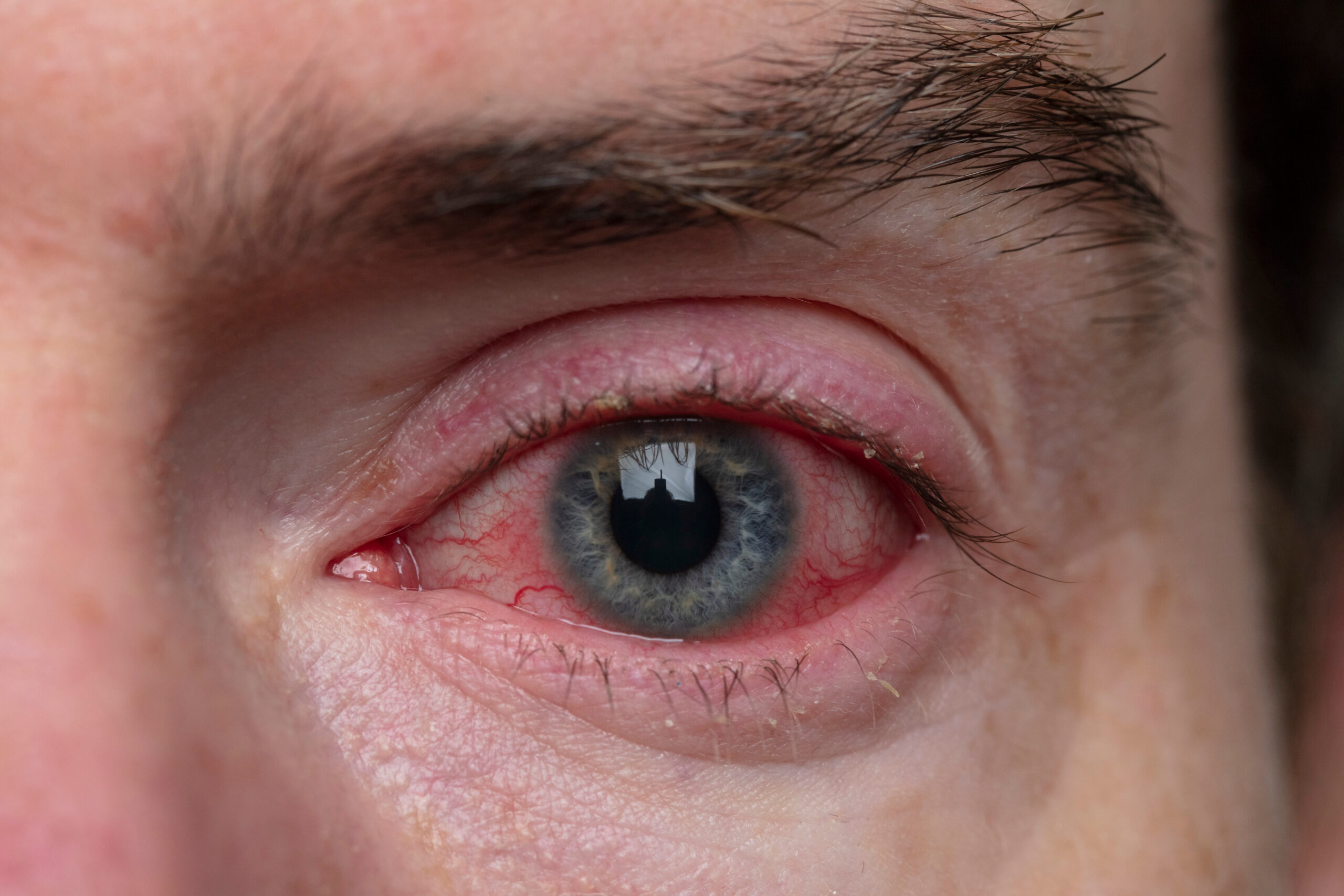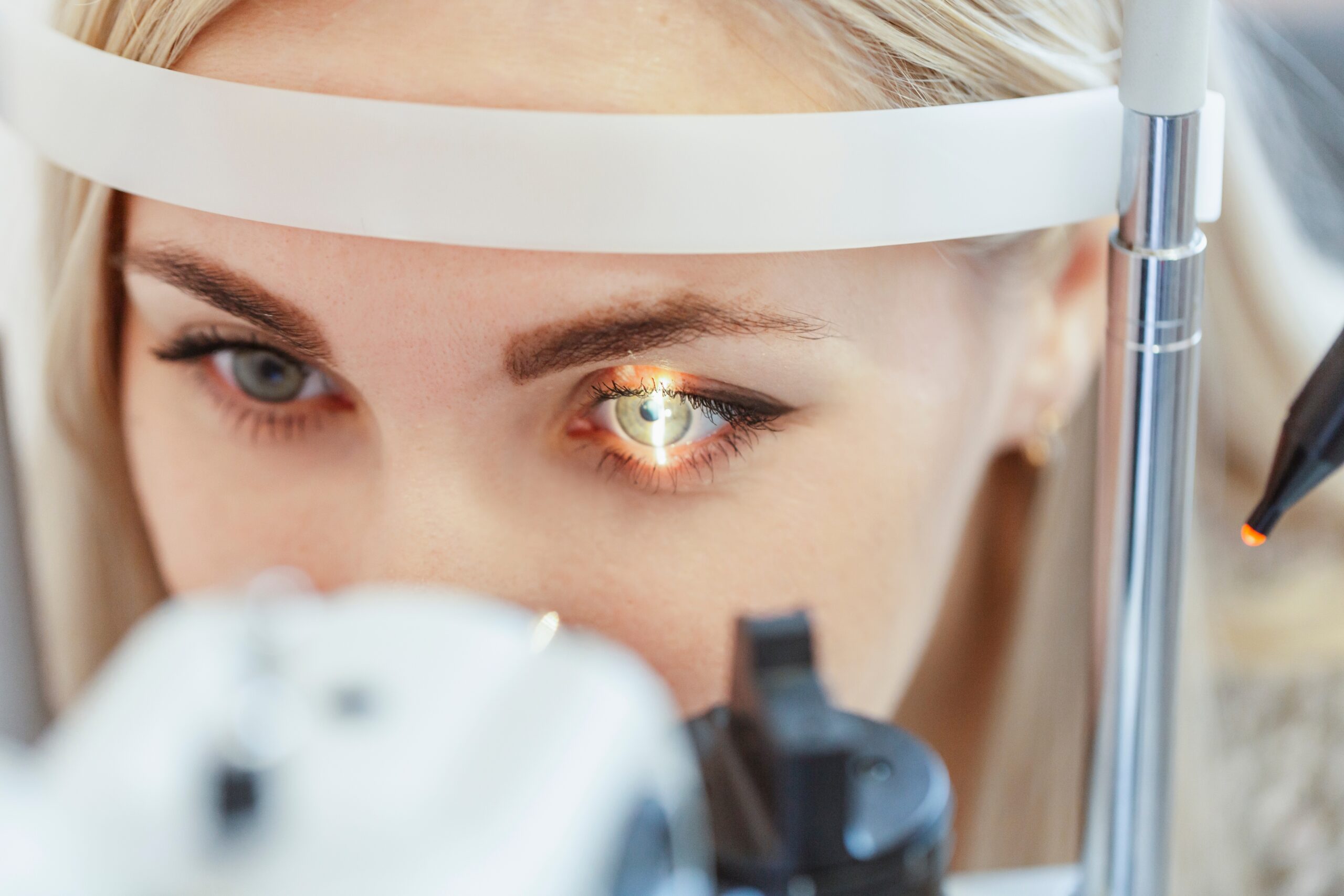Eye inflammation is a condition that bacteria, viruses, or fungi can cause. Any part of the eye can become infected, but most often, inflammation affects the outermost part, called the conjunctiva. Conjunctivitis is typically called pink eye due to its characteristic appearance when an eye becomes pinkish.
The disease is either chronic or acute, depending on its duration. Inflammation can sometimes recur. Eye infections significantly worsen the quality of everyday life and sometimes even deteriorate proper vision. An eye doctor focuses on finding and caring for eye diseases.
Typical symptoms include red, painful, watery eyes and yellow discharge from an eye. However, symptoms may vary depending on the affected part of the eye. Viruses are usually responsible for pink eye, meaning antibiotics don’t help. If you experience an eye infection, it’s essential to consult a doctor since choosing the proper treatment is crucial to recovering and avoiding complications.
Eye inflammation can sometimes occur in newborns during the first days of life. That situation is a special kind of eye infection called neonatal conjunctivitis. The inflammation is then caused by bacteria acquired during childbirth.

Microorganisms like bacteria, viruses, parasites, or fungi can cause eye infections. The most common factors are viruses, especially adenoviruses. However, symptoms of pink eye may also be caused by non-infectious factors such as allergies, irritation from cosmetics, or beauty procedures in the eye area.
Microorganisms can invade your eye in many ways, such as eye injury. It is easier to acquire an eye infection when some foreign body gets to the eye. Wearing contact lenses for longer than recommended also raises your chances of infection developing in the eye.
People with weakened immune systems and eye defects are much more susceptible to eye infections.
Bacteria are divided into two groups: gram-negative and gram-positive. Both kinds of bacteria can cause eye infections. Although viruses cause most infections, bacterial infections are more common among children. The most common bacteria![]() include:
include:
Bacterial eye infections are highly contagious and may affect one or both eyes.
Viruses are the most common cause of eye infections among adults. Adenoviruses are the most frequent cause, but viruses such as herpes simplex 1 or varicella-zoster virus (VZV) may also be the reason.
Viral eye inflammation![]() is contagious, and it should be remembered to take steps to prevent spreading it to others. It can spread through direct contact or by an object contaminated with infected eye discharge. When the eye is infected, it may be itchy, which triggers touching it, so you should wash your hands frequently when having an infection to avoid spreading the virus. Viral infections can affect one or both eyes.
is contagious, and it should be remembered to take steps to prevent spreading it to others. It can spread through direct contact or by an object contaminated with infected eye discharge. When the eye is infected, it may be itchy, which triggers touching it, so you should wash your hands frequently when having an infection to avoid spreading the virus. Viral infections can affect one or both eyes.
Fungal eye inflammations are extremely rare but may be severe. They typically cause keratitis (inflammation of the transparent front layer of the eye called the cornea) and endophthalmitis (infection of the inside of an eye).
Fungal infections usually result from eye injury, especially with plant material. Typical fungi![]() that cause the condition include:
that cause the condition include:
Fungal infections are rare but happen more often in people with a weakened immune system, such as people with AIDS or after an organ transplant.
There are several types of eye infections. Symptoms and their severity may be different for various kinds of conditions. Experts distinguish:
Eye inflammation is a common condition. The most common type is conjunctivitis. The disease is mainly viral among adults, whereas in children, most infections are bacterial. Infections are much more common in people who use contact lenses.
When you have eye inflammation, many symptoms may appear. Symptoms you may experience include:
The symptoms may vary depending on the type of the condition.
Some factors raise the chances of developing an eye infection. The risk factors include:
It’s best to consult with a doctor when you suspect you might have an eye infection. Your GP should be able to diagnose your symptoms based on your examination and medical history. Sometimes, they may need to refer you to an eye doctor, especially if a more severe type of condition, such as keratitis or endophthalmitis, is suspected. Further tests are also needed if the condition recurs, and in babies.
Tests that may be performed for severe infection symptoms include:

Symptoms of eye infection are also common in non-infectious conditions. The difference is the causative agent—various microorganisms cause the condition in infections, but many other reasons may provoke similar symptoms.
Allergic conjunctivitis is an inflammation of the clear layer at the front of an eye caused by allergy to allergens. A characteristic symptom is conjunctival itching, red eyes, tearing, and swelling of the conjunctiva and eyelids. The basis of treatment is to avoid exposure to the allergen-causing symptoms and to use artificial tears. Your doctor may also prescribe anti-allergy drops or other eye drops.
Beauty products, such as mascara or eyeliner, may also cause allergies![]() in the eye area. You can choose hypoallergic cosmetics if you have a history of allergic reactions to eye makeup products.
in the eye area. You can choose hypoallergic cosmetics if you have a history of allergic reactions to eye makeup products.
Nowadays, many beauty procedures![]() are performed on the eye area. It’s essential to always stay safe while undergoing such procedures. Choose a trusted beautician at the salon who follows hygiene rules, uses professionally tested products, and sterilizes tools. For example, during eyelash extension removal, chemical agents used to remove eyelashes may irritate your eyes and cause inflammation, leading to vision problems and dry eyes.
are performed on the eye area. It’s essential to always stay safe while undergoing such procedures. Choose a trusted beautician at the salon who follows hygiene rules, uses professionally tested products, and sterilizes tools. For example, during eyelash extension removal, chemical agents used to remove eyelashes may irritate your eyes and cause inflammation, leading to vision problems and dry eyes.
Treatment of infections depends on their cause. Medications that may be used include:
It’s important to remember that antibiotics take 1-2 days to start working. Therefore, you may not feel better immediately. Use some OTC painkillers to manage eye pain. Most viral pink eye must heal independently, as antibiotics don’t work on viruses. It should pass within 1-2 weeks. If you experience sticky eyelashes from the eye discharge, use a warm washcloth to loosen the dried mucous.
Remember not to wear contact lenses until the infection is fully healed. Viruses and bacteria spread quickly, so take care of hygiene to avoid spreading them to the other eye or other people. Wash your hands often, especially before and after touching your eyes.

Eye infections can sometimes lead to complications. Especially if it’s severe or caused by an atypical germ. The most common complications![]() of eye inflammation include:
of eye inflammation include:
However, most eye infections, especially viral ones, pass without leaving any long-lasting complications. Contact your doctor if your symptoms are particularly severe or the condition doesn’t pass.
Not all eye infections can be prevented. However, there are some steps you can take to limit your chances of getting it. Those include:
If you wear contact lenses, the chances of eye infection are much higher than in people who do not use them. Experts distinguish some rules to be followed while using contact lenses![]() that protect you from infections:
that protect you from infections:
You should see a doctor if you notice any symptoms of an eye infection, including red eyes, itching, pain, blurred vision, eye discharge, sensitivity to light, or excessive tearing.
Your GP is the first doctor who can determine the diagnosis and treatment plan. If the condition is severe or a further diagnosis is necessary, they will probably refer you to an eye doctor—physicians who treat eye diseases are called ophthalmologists.
If you wear contact lenses, discontinue wearing them as soon as you notice symptoms of infection.